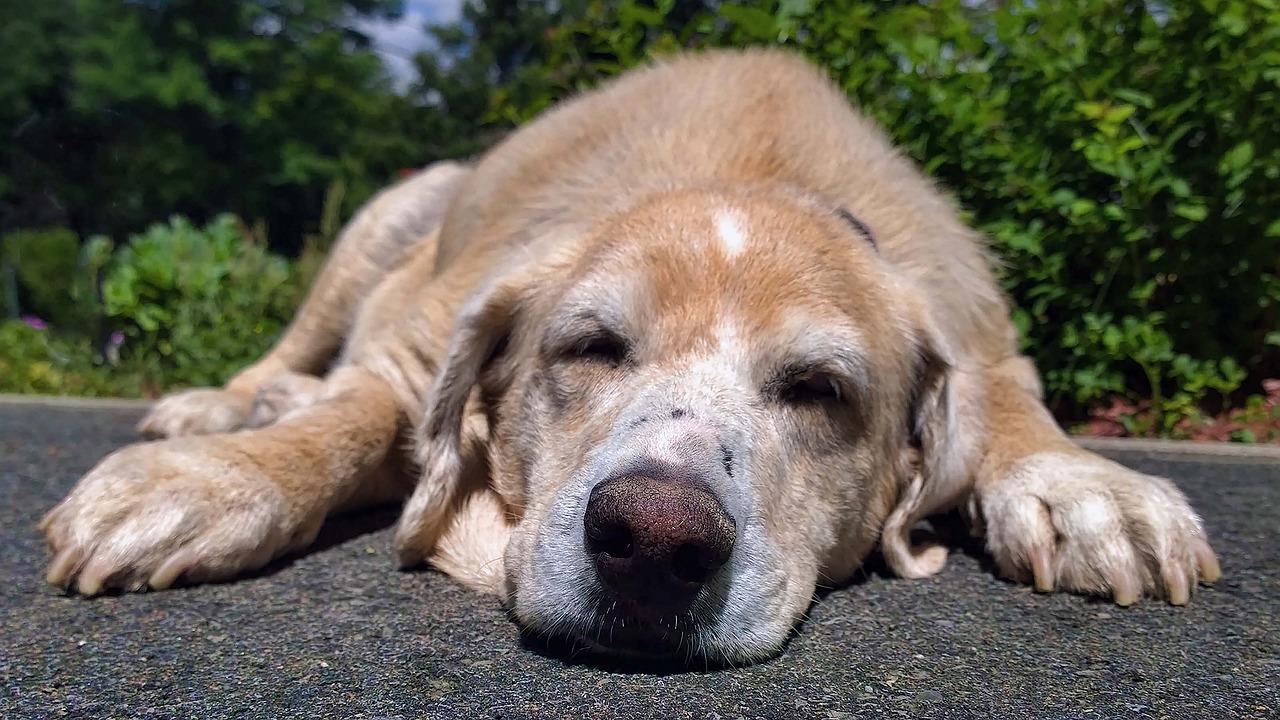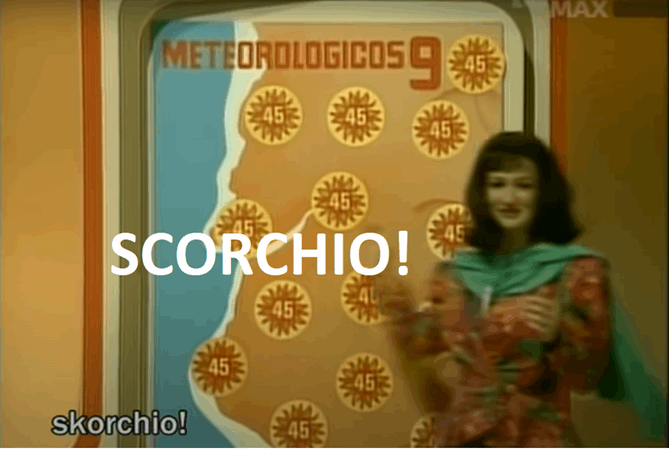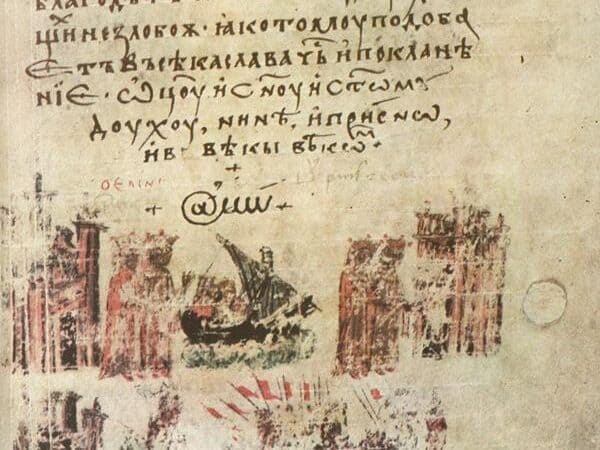Why is a heatwave called a ‘dog’ in other languages?

As the UK expects to suffer the hottest heat-wave in history, spare a thought for our neighbours in the South, the French, Spanish and Portugese whose ‘canicule’ and ‘canícula’s are even hotter. In French a heat-wave is ‘une canicule,’ and the Spanish and Portugese is ‘una canícula’. This is the same in most latin-based languages and comes from the latin; ‘canīcula’, meaning ‘puppy’ or ‘small dog’ and comes from ‘canis,’ meaning dog (where we get the word canine from).
Warning: Small Puppies forecast…
In fact we also relate heat waves and dogs in English. The ‘Dog Days’ traditionally refers to the hottest time of the year, typically mid to late summer, (more recently it has been used to describe a period of decline or malaise). But the expression has nothing to do with dogs lying around in the heat.

But why this relation with heat-waves and dogs? Well, to answer that, we have to go back to Ancient Greece.
In the second century AD, astronomer Ptolemy categorised many star constellations and including one that looked like a dog called Canis Major; ‘The Greater Dog.’

The dog star is the brightest star
The Canis Major constellation contains Sirius, the brightest star in the sky. Sirius means (scorcher/burning one).

Sirius is a white dwarf, 10,000 times brighter than our own sun, and is the brightest star in the Alpha Centauri system, the closest to our solar system. You can easily see it in the night sky, the three stars of Orion’s belt point to it, it is the nose or collar of the dog.
Being the brightest of the dog constellation, Sirius was also known as the ‘dog-star’. In Ancient Greece, as the sun rose in July-August time*, it was possible to see the Sirius rising in the dawn sky just before the sun. The Ancient Greeks believed that the combined power of Sirius and the sun produced these devastating heat-waves.
Orion’s dog; An evil portent, bringing heat
Homer’s Illiad explains that when Sirius rose above the horizon in summer, it was a warning of terrible heat to come;
Priam saw him first, with his old man’s eyes,
Homer, Iliad
A single point of light on Troy’s dusty plain.
Sirius rises late in the dark, liquid sky
On summer nights, star of stars,
Orion’s Dog they call it, brightest
Of all, but an evil portent, bringing heat
And fevers to suffering humanity.
Achilles’ bronze gleamed like this as he ran.
Heat waves; when “women are at their foulest”
Ancient Greek poet Alcaeus warned of the coming heat-wave, advising his readers to “steep your lungs in wine” before the arrival of the star since “women are at their foulest but men are weak since they are parched in head and knees”.
Other ancient poets also blamed heat-waves on the dog star:
Here in a quiet valley, you will escape the heat of the dog star
Horace, Ancient Roman poet
At the time of the burning Sirius, mad dogs are troublesome to man and fear water with the dread of death
Pliny the Elder, Ancient Roman naturalist
Romans sacrificed dogs to prevent heat waves
Ancient Romans even tried to appease the dog star and sacrificed dogs in their Springtime agricultural festivals, in the the hope that he would go easy on them and not send them a heat-wave. There was even a special place in Rome where they sacrificed dogs to the dog star, called the catularia.
There is a gate at Rome called the catularia, because not far from it, to placate the dog star, which is hostile to fruits, ruddy dogs are sacrificed in order that the blooming fruits may be brought to maturity
Sextus Pompeius Festus, Roman Grammarian 2nd century AD

Conversely, for the Ancient Egyptians the ‘dog days were celebrated. The heliacal rising of Sirius took place at Heliopis (‘City of the Sun’) in Egypt on July 20th and coincided with the time of the flooding of the Nile, fertilising all the lands around.
*Dog days 2022 in United States began on
Sunday, 3 July
and ends on
Thursday, 11 August
Sources:
Eos in Greek and Roman mythology – Brittanica
Canis Major (great dog) – https://chandra.harvard.edu/photo/constellations/canismajor.html
How to Find Sirius, the Dog Star – Almanac.com
Here’s why we call this time of year the ‘dog days’ of summer – National Geographic
Alcaeus of Mytilene (1996), Miller, A.M. (ed.), Greek Lyric: An Anthology in Translation, Indianapolis: Hackett, pp. 38–50






